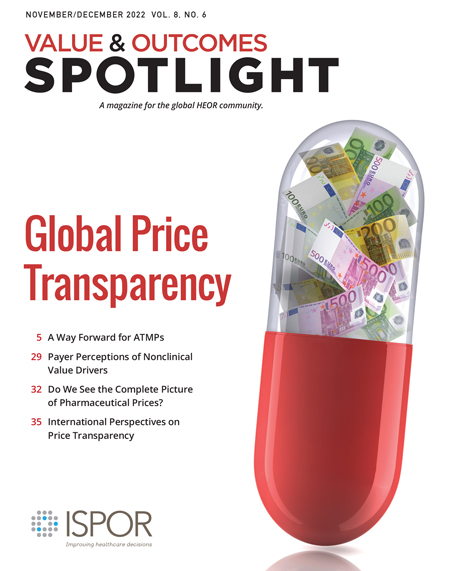Research Roundup
Section Editor: Aakash Bipin Gandhi, BPharm, PhD, Research Scientist, RWE, Sanofi, Cambridge, MA, USA
Availability, affordability, access, and pricing of anti-cancer medicines in low-and middle-income countries: a systematic review of literature.
Ocran Mattila P, Ahmad R, Hasan SS, Babar ZUD. Front Public Health. 2021;9:628744. doi: 10.3389/fpubh.2021.628744.
Summary
The present systematic review study focused on assessing the pricing, availability, affordability, and access of anticancer medications in low- and middle-income countries. The review included 13 studies that focused on information related to pricing, availability, affordability, and access parameters.
Relevance
The present study found that existing pricing policies or lack of the same are associated with varying cancer medication prices within and across countries. Further, lesser affordability was consistently observed within low-income populations. The study also found that the major barriers to cancer medication use and access were cost, restricted coverage through public insurance programs, exclusion from essential medicines list, and nonavailability. Dearth in information regarding pricing and affordability data of cancer medication can impact the development of transparent policies to improve access. Hence, initiatives that focus on collecting highly reliable data on these factors is required for developing patient-centered pricing models to improve cancer medication affordability. Further, buying capacity of national governments coupled with joint stakeholder policies and programs are essential to maintain access to cancer medications for the general population.
Government pharmaceutical pricing strategies in the Asia-Pacific region: an overview.
Verghese NR, Barrenetxea J, Bhargava Y, Agrawal S, Finkelstein EA. J Mark Access Health Policy. 2019;7(1):1601060. doi: 10.1080/20016689.2019.1601060.
Summary
The present review discusses formal pricing strategies that are being adopted by governments in the Asia Pacific (APAC) region to counter increasing costs of pharmaceutical medications. The study identified (1) internal reference pricing (IRP), (2) external reference pricing, (3) special pricing agreements, (4) pharmacoeconomic evaluation, (5) cost-plus pricing, (6) price maintenance premium, and (7) tendering/negotiations as the 7 most adopted pricing strategies by APAC countries to contain prescription medication costs. Each pricing strategy may have its own merits or is associated with certain concerns. For example, internal reference pricing strategies can introduce price competition in the market by limiting variation in drug prices within a therapeutic class, thus consequently pushing down prices to the least expensive medication (usually a generic). Further, strategies such as cost-plus pricing that place an explicit limit on what price can be set for a medication help protect vulnerable patient populations (eg, patients with rare diseases) from drug manufacturing monopolies-driven high pricing. The biggest concern associated with pricing strategies is the lack of transparency, especially on rebates and discounts.
Relevance
Pricing strategies are essential for containing high medication costs, fostering price stability, encouraging innovation, and improving short- and long-term drug access.
Access to cardiovascular disease and hypertension medicines in developing countries: an analysis of essential medicine lists, price, availability, and affordability.
Husain MJ, Datta BK, Kostova D, et al. J Am Heart Assoc. 2020;9(9):e015302. doi: 10.1161/JAHA.119.015302. Erratum in:
J Am Heart Assoc. 2020;9(10):e014543.
Summary
The present study reported results for a cross-country evaluation of the availability, pricing, and affordability of cardiovascular medications with an aim of identifying pathways to improves access to treatment. The authors checked for the inclusion of 12 key cardiovascular medications across the essential medications list for 53 countries. Information on the availability, pricing, and affordability of these medications was obtained through surveys conducted across countries based on the World Health Organization’s Health Action International survey methodology. On average, 54% and 60% of the medications included in the study were found to be available in low- and middle-income countries (LMICs) and high- and upper–middle-income countries, respectively. Further, on average, availability of medications was higher for generic (61%) as compared to brand (41%) medications. In terms of pricing, the average patient median-price ratio was higher for brand (80.3) compared to generic (16.7) medications. This difference was more pronounced in LMICs across all included medication categories. Affordability was also found to be the lowest in LMICs.
Relevance
For improvement in long-term cardiovascular outcomes, it is essential to have consistent access to appropriate medication. Low availability and high costs continue to remain barriers to adherence for these medications worldwide.
Note from the Section Editor: Views, thoughts, and opinions expressed in this section are my own and not those of any organization, committee, group, or individual that I am affiliated with.

